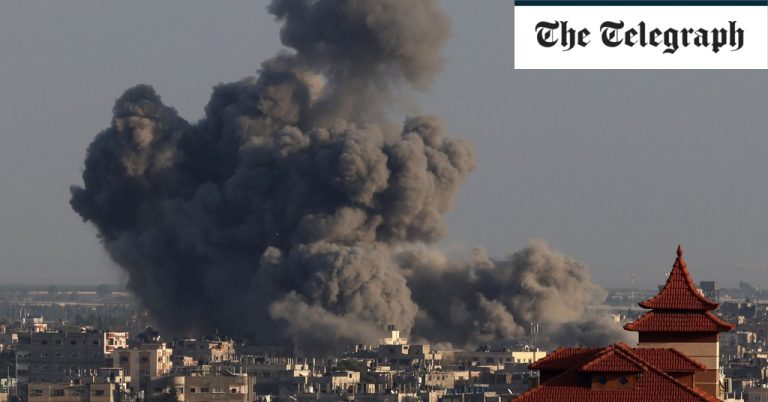Major General Charlie Herbert, a former British army officer and an expert on urban warfare, told the Telegraph that “the apparently high proportion of UNRWA staff killed by the IDF in the first months of the war warrants further investigation”.
Consideration should be given to “the distinction, proportionality and target selection of the Israeli air campaign,” he said.
But, he added, “it would be too speculative to draw any conclusions from the data, or to infer any deliberate targeting of UNRWA”.
UNRWA sources offered their own explanation for the higher casualty rate among the agency’s workers in this conflict.
Every Gaza citizen, including UNRWA staff, has an ID number that is held on a database which both Palestinian and Israeli officials can access. This ID code is also linked to an individual’s residence.
“Israel knows where everyone lives in Gaza and they know their names,” said an UNRWA official. Ahead of a planned IDF strike on a building, “there would have been an understanding that a UN staff member lived in that property and could be at risk”.
In previous conflicts in Gaza, the buildings where local UNRWA staff lived were ‘tapped on the roof’ with inert shells or bombs to warn of incoming strikes in the area.
In the current war, warnings have continued to be given to international employees living in compounds, but not to local workers at their homes.
This change in policy likely explains why the vast majority of UNRWA’s staff have died while “off duty”.
“Taps on the roof don’t exist now,” the UNRWA official said. “It’s a high-impact strike from the get-go.”
An IDF spokesperson said: “The IDF has never, and will never, deliberately target UN staff or other innocent civilians. The IDF takes all operationally feasible measures to mitigate harm [among] civilians.
“The IDF’s strikes on military targets are subject to relevant provisions of international law.”
Protect yourself and your family by learning more about Global Health Security
